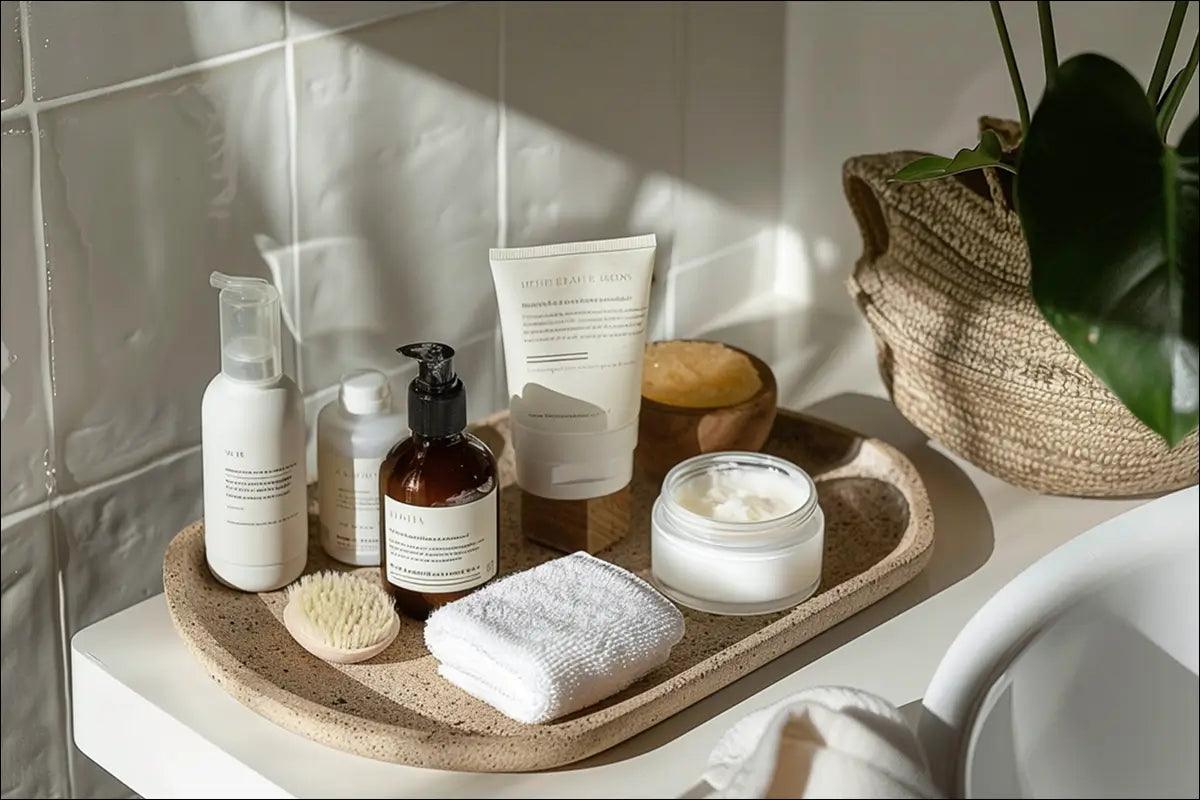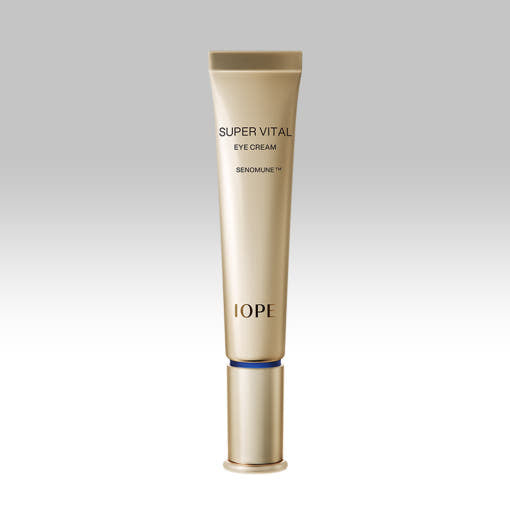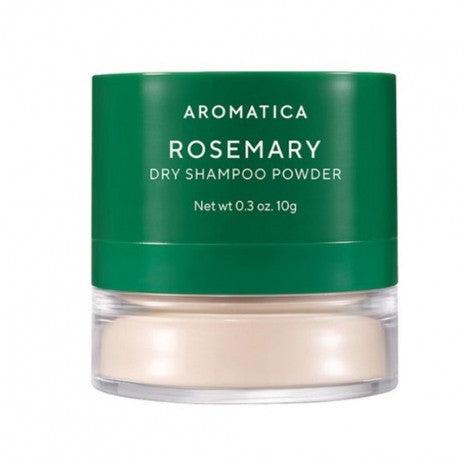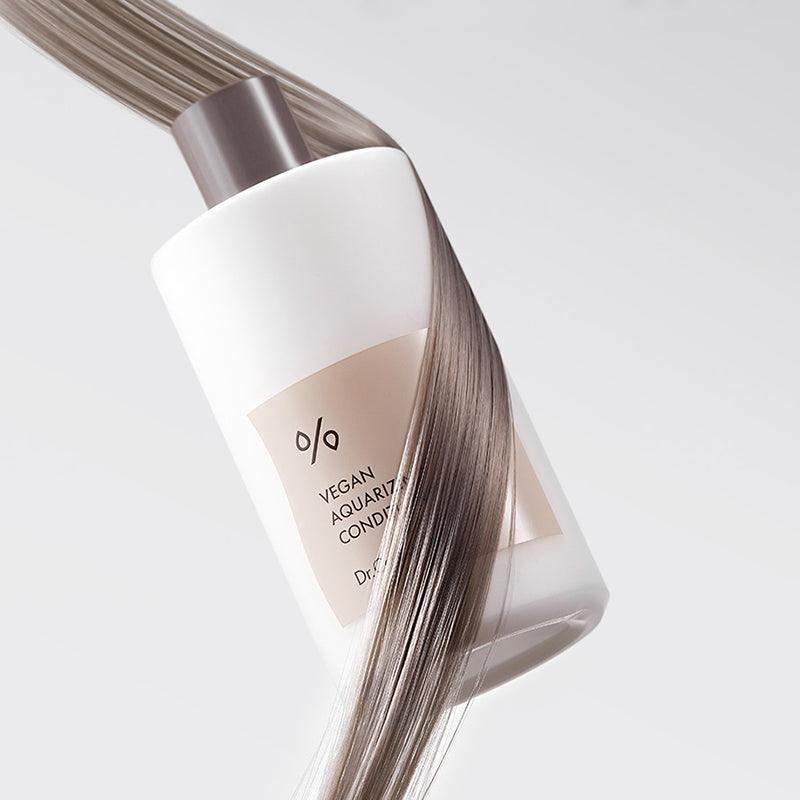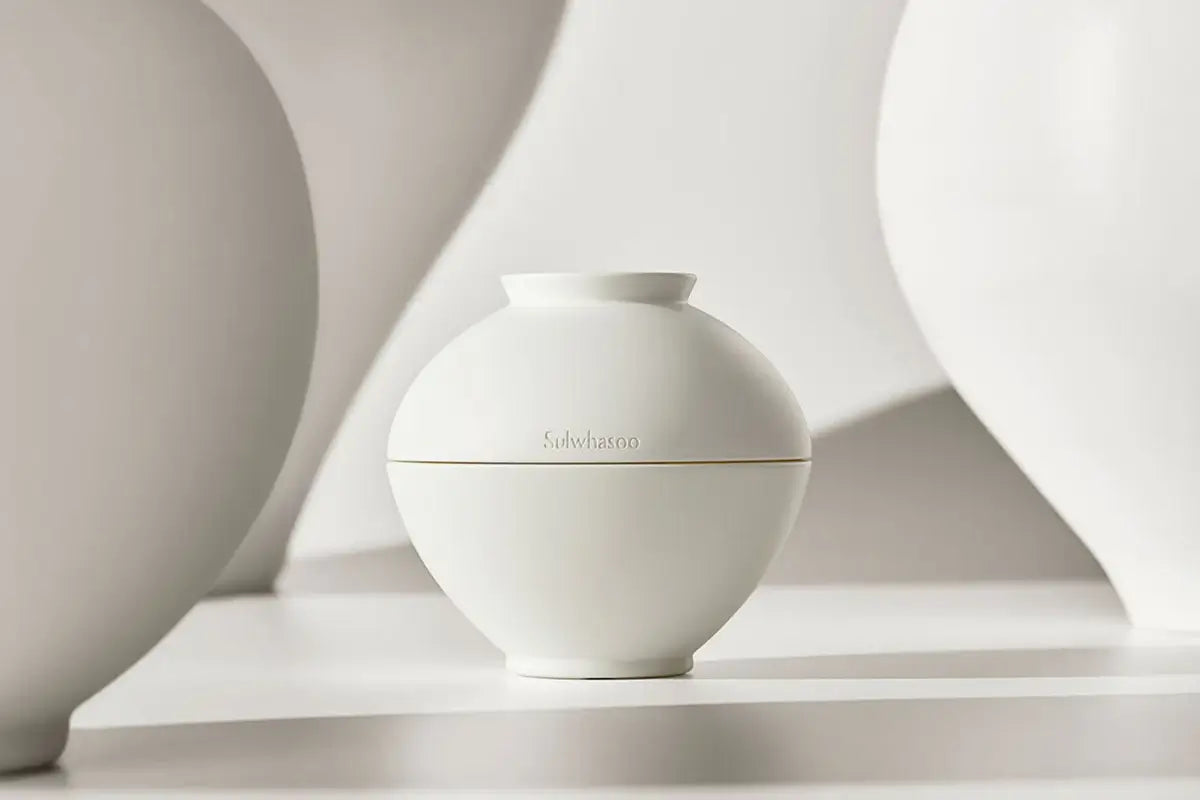The beauty world has seen a global shift in recent years, with Korean skincare taking center stage. From innovative ingredients to multi-step routines, the K-beauty philosophy has captivated skincare enthusiasts across the globe. But how does it actually differ from the Western skincare approach?
In this article, we’ll break down the core philosophies, formulations, and routines that set Korean skincare apart—and help you choose what’s right for your skin.
The Philosophy: Prevention vs. Correction
At the heart of Korean skincare is prevention. The focus is on maintaining healthy, radiant skin from an early age by nourishing it consistently with gentle, hydrating formulas. Rather than waiting for skin issues to appear, K-beauty encourages daily rituals that proactively address potential problems.
Western skincare, by contrast, tends to be treatment-focused. Products often aim to correct visible issues—like breakouts, wrinkles, or hyperpigmentation—using stronger active ingredients. While effective, this approach can sometimes prioritize fast results over long-term skin health.
Ingredients: Nature Meets Innovation
Korean skincare is known for its innovative and natural ingredients. From snail mucin and propolis to fermented extracts and centella asiatica, these ingredients are chosen for their gentle yet effective properties. They’re typically backed by centuries of herbal knowledge, combined with cutting-edge research.
Western skincare often features clinical-grade actives like retinol, benzoyl peroxide, and salicylic acid. These are powerful and results-driven, but they may also cause irritation, especially for sensitive skin types.
Both approaches have merit—but K-beauty often wins points for balancing efficacy with skin barrier health.
The Routine: Multi-Step vs. Minimalist
A hallmark of Korean skincare is the multi-step routine, often involving:
-
Double cleansing
-
Toner
-
Essence
-
Sheet mask
-
Moisturizer
-
Sunscreen
Each step is designed to deliver hydration and nutrients in layers, helping to build up the skin’s resilience and glow.
Western skincare routines tend to be simpler and more streamlined, usually featuring 3–4 steps such as cleanser, treatment (like serum), moisturizer, and SPF. This minimalist approach appeals to those with time constraints or skin that reacts to too many products.
Texture and Formulation: Lightweight and Layered
K-beauty products typically have lightweight, fast-absorbing textures that allow for layering without clogging pores. Hydration is prioritized over oil, making products ideal for oily or combination skin types.
Western formulations often include richer creams and oils, with a focus on creating a protective barrier. While this can benefit dry skin, it may feel heavy for others.

Packaging and Experience: Aesthetic Meets Function
Korean skincare brands are known for aesthetically pleasing packaging and sensorial textures that enhance the skincare experience. This makes the routine not just effective, but enjoyable—an act of self-care.
Western skincare tends to focus more on clinical branding and utility, with a no-nonsense design philosophy that highlights efficacy over indulgence.
Which Skincare Philosophy Is Better?
There’s no one-size-fits-all answer. Your skin type, lifestyle, and personal preferences will determine which approach suits you best. Many consumers today are blending both philosophies—embracing the gentleness and layering of K-beauty with the clinical actives of Western skincare to build a routine that’s uniquely their own.
At Mirai-Skin, we curate Korean skincare brands that champion innovation, quality, and long-term skin health. Whether you're exploring K-beauty for the first time or deepening your journey, our mission is to bring you closer to the radiant skin you deserve.


